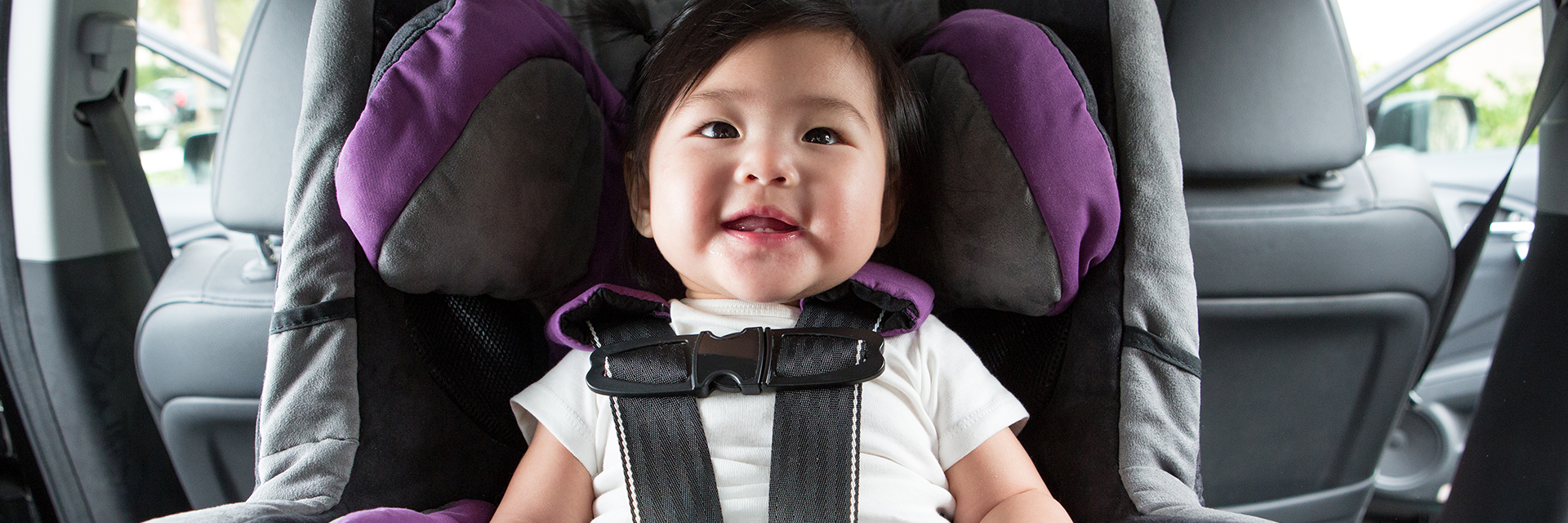Leaving your child unattended in a vehicle—even for just a few minutes—can be extremely dangerous, especially on hot or sunny days. Temperatures inside cars can soar much faster than expected, creating life-threatening conditions in a matter of minutes.
“It only takes a short time for the temperature inside a parked vehicle to become dangerously high,” says Robert Genzel, M.D., L.P., F.A.A.E.M., an emergency medicine physician at Texas Health Fort Worth and medical director of the Texas Motor Speedway. “Babies and children absorb outside heat or lose heat much faster than adults do, and they’re often unable to open a window or exit the vehicle on their own. When combined, these factors can create a very dangerous and even deadly situation.”
Even when outdoor temperatures seem mild or when windows are left cracked open, the inside of a car can quickly become a furnace. On a 75°F day, for example, the internal temperature of a vehicle can climb to 104°F in under 10 minutes and reach 120°F in just 30 minutes.
Heatstroke in Children: Know the Warning Signs
If your child becomes overheated—whether in a car or another hot environment—watch for the following signs that could indicate heatstroke:
- Confusion or disorientation
- Excessive sleepiness or low energy
- Nausea or vomiting
- Seizures
- Unresponsiveness or unconsciousness
- Inconsolable crying or irritability
“Any of these signs may indicate heatstroke, which is an absolute emergency,” Dr. Genzel says. “Immediately take steps to cool your child and transport him or her to the nearest hospital.”
How to Cool a Child After Overheating
If you encounter a child who is showing signs of heat-related illness:
- Move the child to a cool, shaded, or air-conditioned area
- Remove excess clothing to help lower body temperature
- Apply cool (not ice-cold) water with a sponge or towel, or use a fan if available
“Prevention of heatstroke is better than treatment,” Dr. Genzel says. “But if an emergency does occur, it’s critical that you know how to respond.”
Think Before You Leave
Heatstroke is entirely preventable. Whether you’re running a quick errand or unloading groceries, it's never safe to leave a child alone in a vehicle. To prevent accidental tragedies:
- Always check the back seat before locking the car
- Place your phone, wallet, or bag in the back seat as a reminder
- Ask childcare providers to call if your child is not dropped off as expected
- Lock car doors and trunks when parked to prevent children from gaining access
Don't Forget Furry Family Members
Pets are also extremely vulnerable to heatstroke. Every year, dogs suffer and die because they were left in hot vehicles—even for a few minutes with windows cracked.
“Treat your animals as if they are infants,” Dr. Genzel says. “Do not leave them in a vehicle alone for any length of time.”
Summer heat can be intense, but awareness saves lives. Protect your children and pets by never leaving them unattended in a vehicle, even briefly. If an emergency does occur, knowing the signs of heatstroke and how to respond can make all the difference.
To find a family practice physician on staff with Texas Health, visit TexasHealth.org/Doctors.
Physicians on the medical staff practice independently and are not employees or agents of the hospital or Texas Health Resources.

